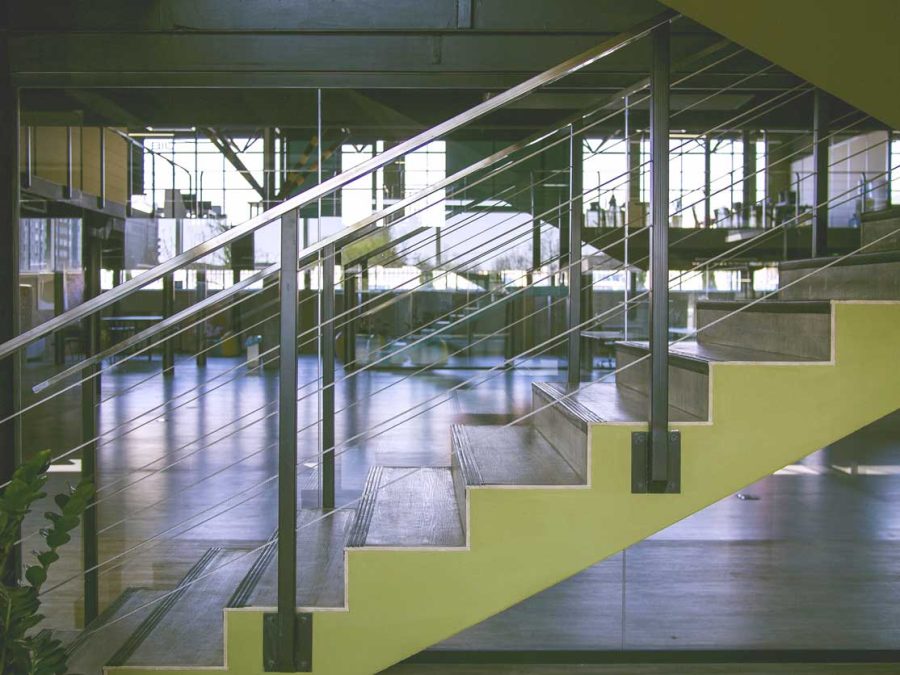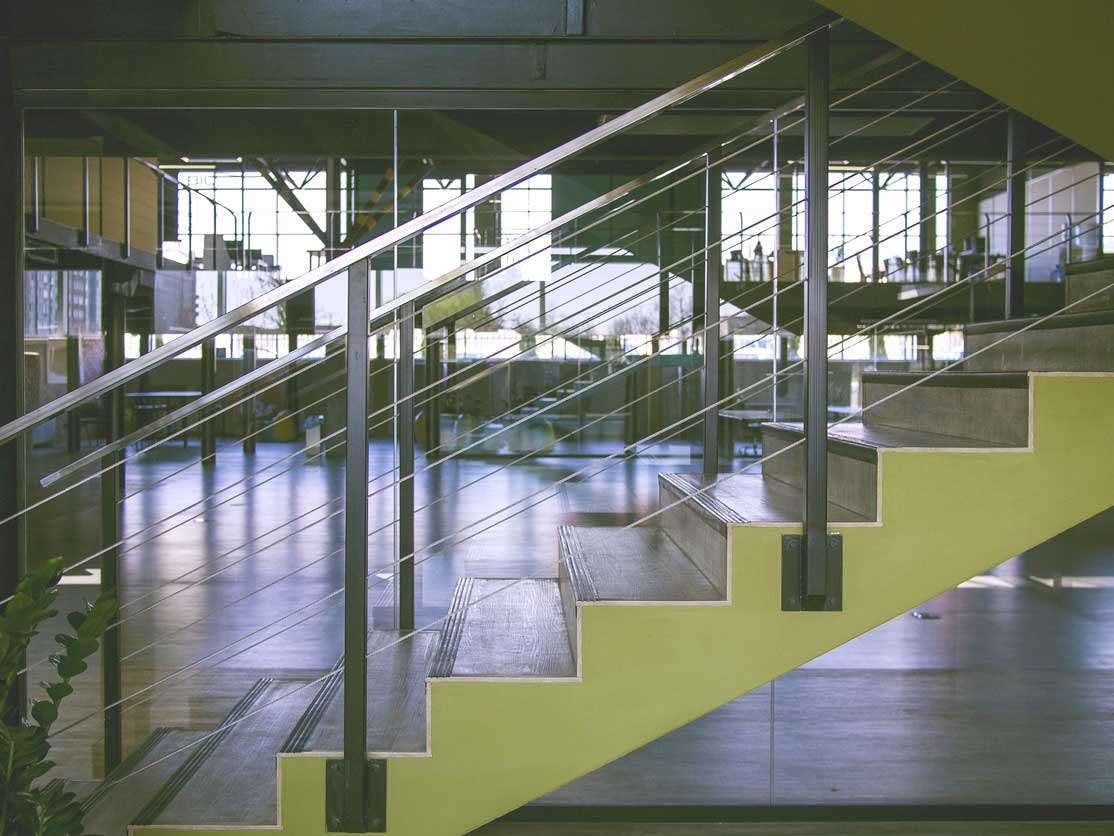What You Should Know About the New OSHA Regulations
In a typical workplace, slip and fall hazards can be hidden in the least likely of places, and as a result, they account for a majority of workplace injuries. This encouraged the U.S. Occupational Safety and Health Administration (OSHA) to issue updated safety standards to help prevent slip and fall accidents from occurring. Though most […]

July 7, 2017

In a typical workplace, slip and fall hazards can be hidden in the least likely of places, and as a result, they account for a majority of workplace injuries. This encouraged the U.S. Occupational Safety and Health Administration (OSHA) to issue updated safety standards to help prevent slip and fall accidents from occurring.
Though most of these rules were set in motion this January, many companies have not yet taken the initiative to implement or even become familiar with these new regulations, despite the fact that it is the employer’s responsibility to know what the regulations require. As a result, if an employee is injured due to the employer’s neglect to cooperate with the new regulations, the employer can be held liable.
The rules were designed in a way that makes the fall protection standards of general businesses similar to that of the standards of the construction industry. For example, an employer is now responsible to conduct a hazard assessment for falls in order to determine whether personal equipment could decrease the number of hazards.
The New Standards

Though it is the employer’s responsibility to study and implement the rules, as an employee, you should also take it upon yourself to at least be aware of a general summary of these changes and how they affect different areas of your company:
General Environment: The rules for the general workplace cover the walking and working areas of the company. One improved standard for these areas is the cleanliness of it. Employers are required to maintain clean and dry surfaces in these areas to the extent feasible.
They also must kept clear of any potential hazards, including loose floorboards, protruding items, or leaks. It is also important that the employer ensure that these areas are holding no more weight than they are qualified to carry.
Finally, it is the employer’s responsibility to ensure that inspections are taking place regularly in these areas to maintain the condition. If a hazard is identified, it is the employer’s responsibility to act to fix the issue in a timely manner, and in the meantime, the employer can be liable if the hazard is not properly marked.
Fall Prevention: In areas where falls are likely to occur, it is required that employers take measures for prevention. These measures may include guardrails, safety nets, personal fall protection, personal fall arrest, travel restraint, ladder safety, positioning, handrails, and list of designated areas. It is the employer’s responsibility to recognize these needs and administrate the safety precaution as she may see fit.
Training: The rules establish a structure beyond the actual environment and prevention strategies, but also require the training of employees to help raise awareness about hazards in the workplace. The training must be conducted by qualified personnel and include:
- The nature of fall hazards in the workplace
- How to recognize them
- How to minimize them
- The correct procedures for the installation and the maintenance of the personal fall protection systems that employees use
- The correct use of personal fall protection systems
As mentioned before, it is the employer’s responsibility to study and implement these new rules. If you have a slip and fall injury because of your employer’s failure to cooperate in order to make these changes, you could be entitled to compensation. Call Hensley Legal Group today for a free consultation, or contact us online.